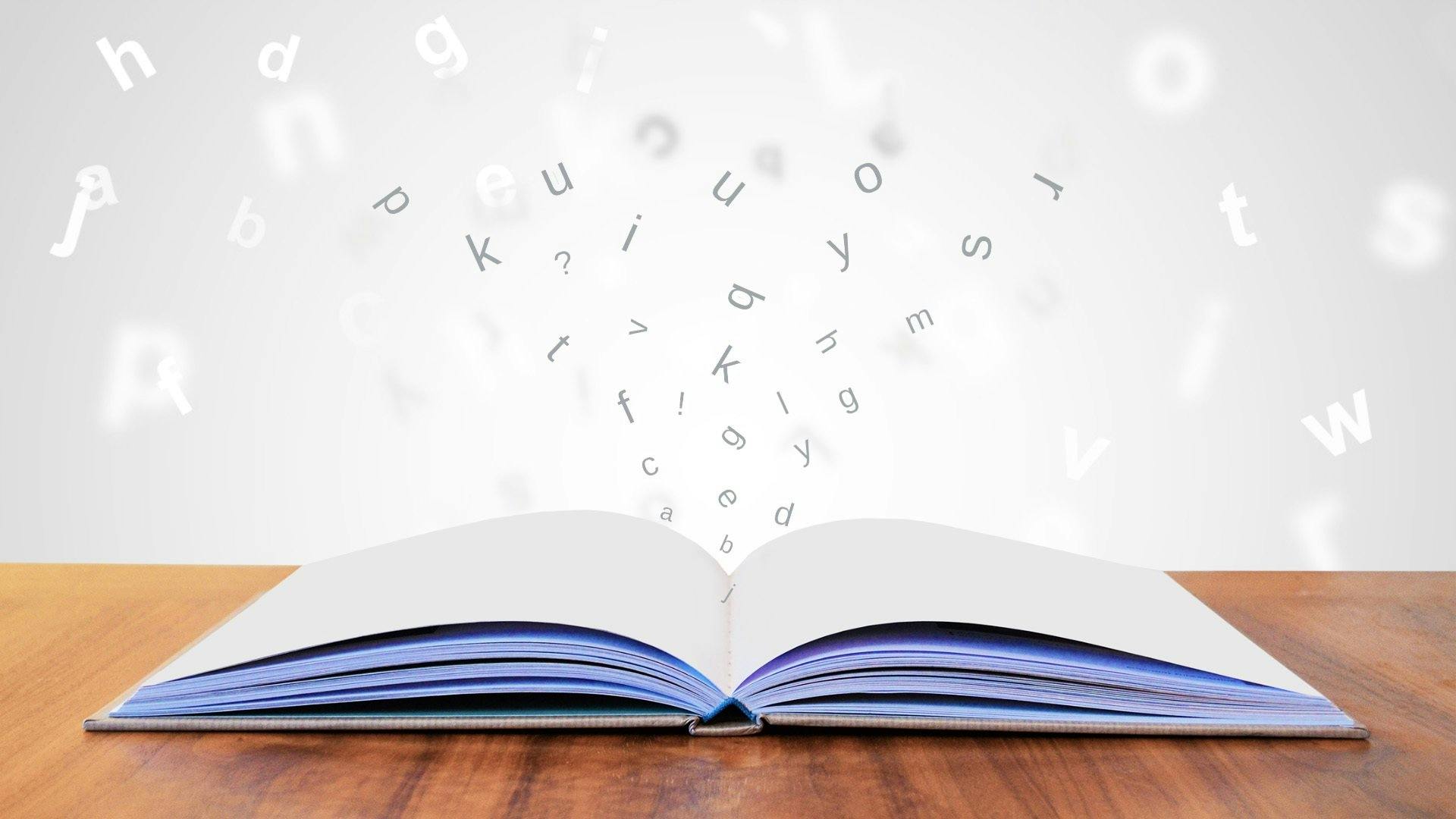As prices for clothing, food, and gas rise, students can welcome open-access textbooks as one way to save money and stay on the cutting edge of information. For Open Education Week, March 7 – 11, we look at how SPU professors are creating open-access textbooks for students.
During Kiana Clay’s undergraduate studies at California State University, Fullerton, her athletic scholarship covered all textbook costs. Not so for many of her friends.
Clay, now a doctoral student at SPU, says it was stressful to watch her college friends work extra jobs, take out additional loans, or share books and split the cost — sometimes $500 per term.
Fellow SPU doctoral student in clinical psychology Ashley Righetti agreed. “You ask, Is this book really necessary? Is it going to hurt my learning if I don’t get it?”
One website, textbookrentals.com, even advises students: “Before choosing or switching your major, make sure you check out these expensive textbooks. If they are above your desired budget, then you may want to avoid these majors altogether.”
The website lists the highest-priced textbook from 2020 at $1,450 for Acta Philosophorum: The First Journal of Philosophy.
Buying used books can help, but it doesn’t eliminate the hit to the wallet. And ebooks can be just as expensive, without the option to recoup some money by reselling the book. Recognizing the challenge, some professors have printed and distributed pages from a resource.
“Our faculty are pretty mindful of our tuition,” Righetti said, “so they try to make it so that we’re not spending money where we don’t need to.”
One innovation — open-access textbooks — brings financial relief as well as an increased opportunity for cutting-edge learning.
In the open-access world of academia, faculty can write their own textbooks tailored to their lectures and assignments. They can draw material from other open sources and simply cite the original author. And all authors can update their textbooks as needed. Meanwhile, students can access these textbooks at no cost while they, and the rest of the world, gain access to a university’s best thinking.
Professors don’t create textbooks because they are bored. Instead, they might do so because their go-to source has gone out of print; its citations and examples encapsulate knowledge and prejudices from a different time; or perhaps it simply doesn’t explain complicated concepts well.
For years, SPU’s John Robertson had been interested in all open educational resources (of which textbooks play one part). As assistant dean for instructional design and emerging technologies, Robertson assists faculty with the digital side of their courses. Just after the pandemic hit in 2020, a professor asked for help to create her own open-access textbook.
Robertson was, as he puts it, “stupidly busy” equipping everyone for online learning. Still, he identified some faculty-development budget, available since quarantine restrictions kept faculty from traveling for training conferences.
With the University’s blessing, Robertson set aside funds to help faculty who wanted to leap into creating textbooks. They’d do all the hard work themselves without pay, but they could receive help with research, book-cover design, etc.
The eager professor who’d started it all was Lynette Bikos, associate dean and professor of clinical psychology. After turning her lectures from one statistics course into online material, Bikos was ready to test it in her classes. With a small grant from Robertson’s office, she hired grad assistants Clay and Righetti to review the material even as she taught it.

“If I encountered something that didn’t make sense, I could send her a comment. She could review it and make that change,” Clay said. “Dr. Bikos loves getting feedback.”
Bikos couldn’t agree more. If something needed to be added, corrected, or clarified — “I can, boom, fix it,” Bikos said. She’s passionate about this open-access project for another reason: the ability to transform her curriculum to be more socially and culturally responsive. The field of clinical psychology has traditionally emphasized the experience of white, middle-aged men. Now, Bikos can insert stats and examples that center on a more diverse population — more like her own students. She calls it, “Decolonizing the syllabi.”
Bikos’ small cohort of open-access creators includes four others: professors of music, education, physics, and classics, who all receive funding from Robertson’s office.
At some point, explained Owen Ewald, associate professor of classics, the textbook he relied on went out of print or wasn’t being updated. In 2021, supply chain issues meant half his students couldn’t even find the book.
“Also, some of the frustration I had with the book was that there weren’t enough women in it,” he said. “If your textbook has fewer women than the New Testament, you’re not preparing students to read it.”
SPU will host the completed textbooks in its Digital Commons library but also submit them to the University of Minnesota’s Open Textbook Library, which currently offers 997 such texts. And Robertson is ready with another round of funding for the next cohort of professors.
“This is not going to be the solution for everybody in every subject,” he clarified. Some textbooks, for example, contain necessary imagery that would be costly to replicate or that’s under copyright. “We’re not saying this is the only way to do this. There are times when the best and right textbook for a course is that $200 textbook.”
But open sourcing provides options for professors and students. According to Robertson, “It’s one more thing supporting student success, and one less thing getting in the way of graduation.”




